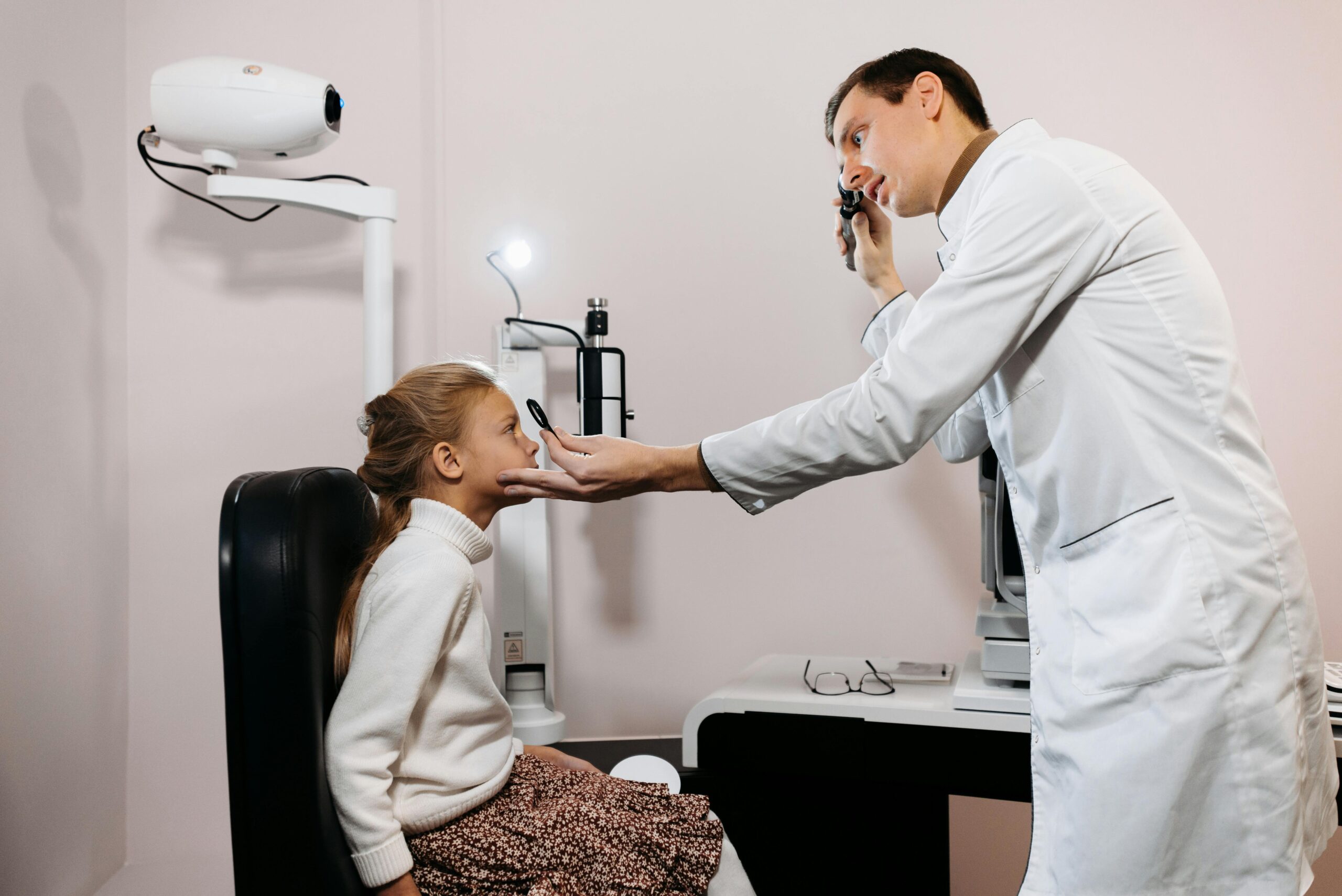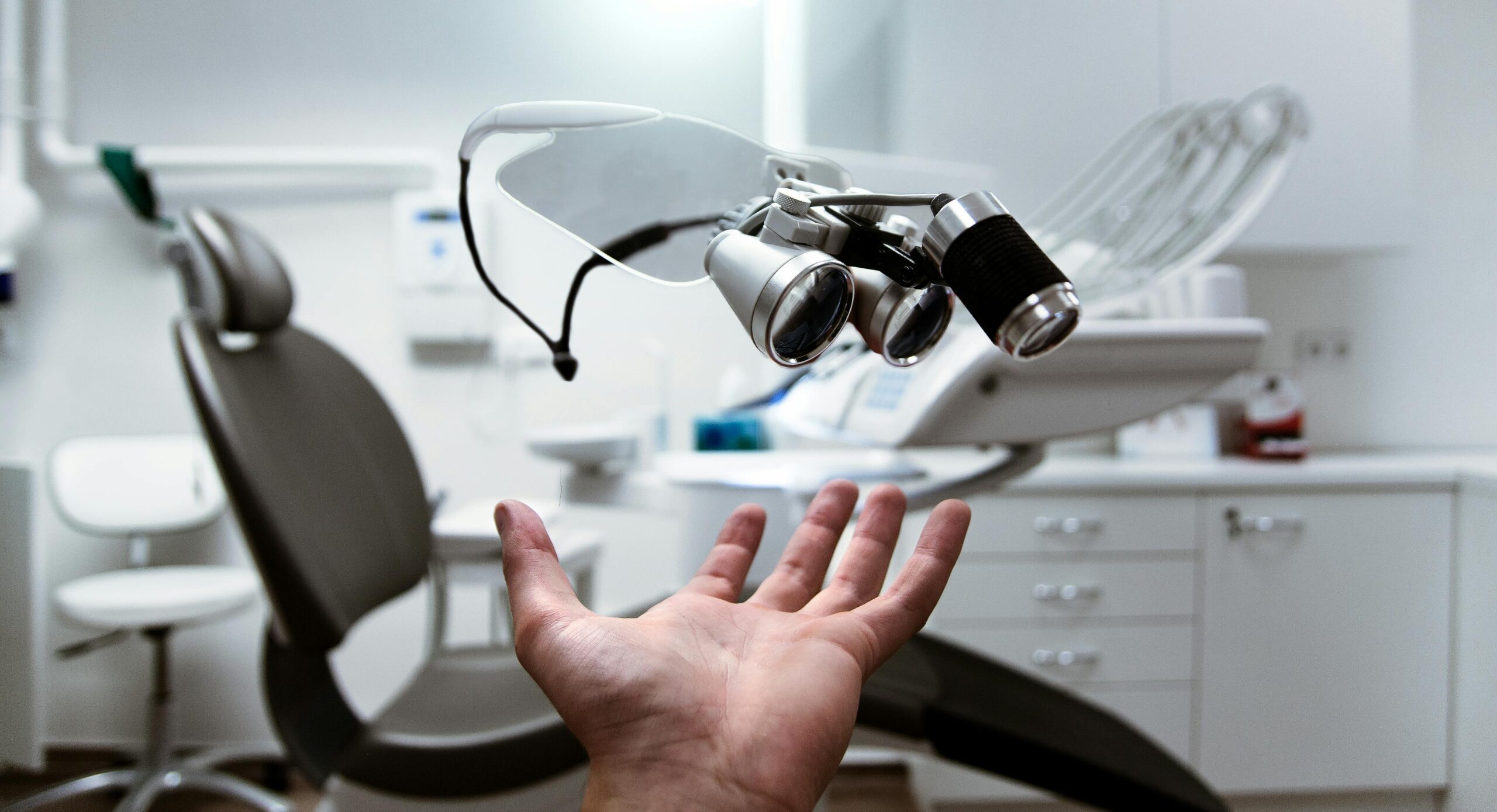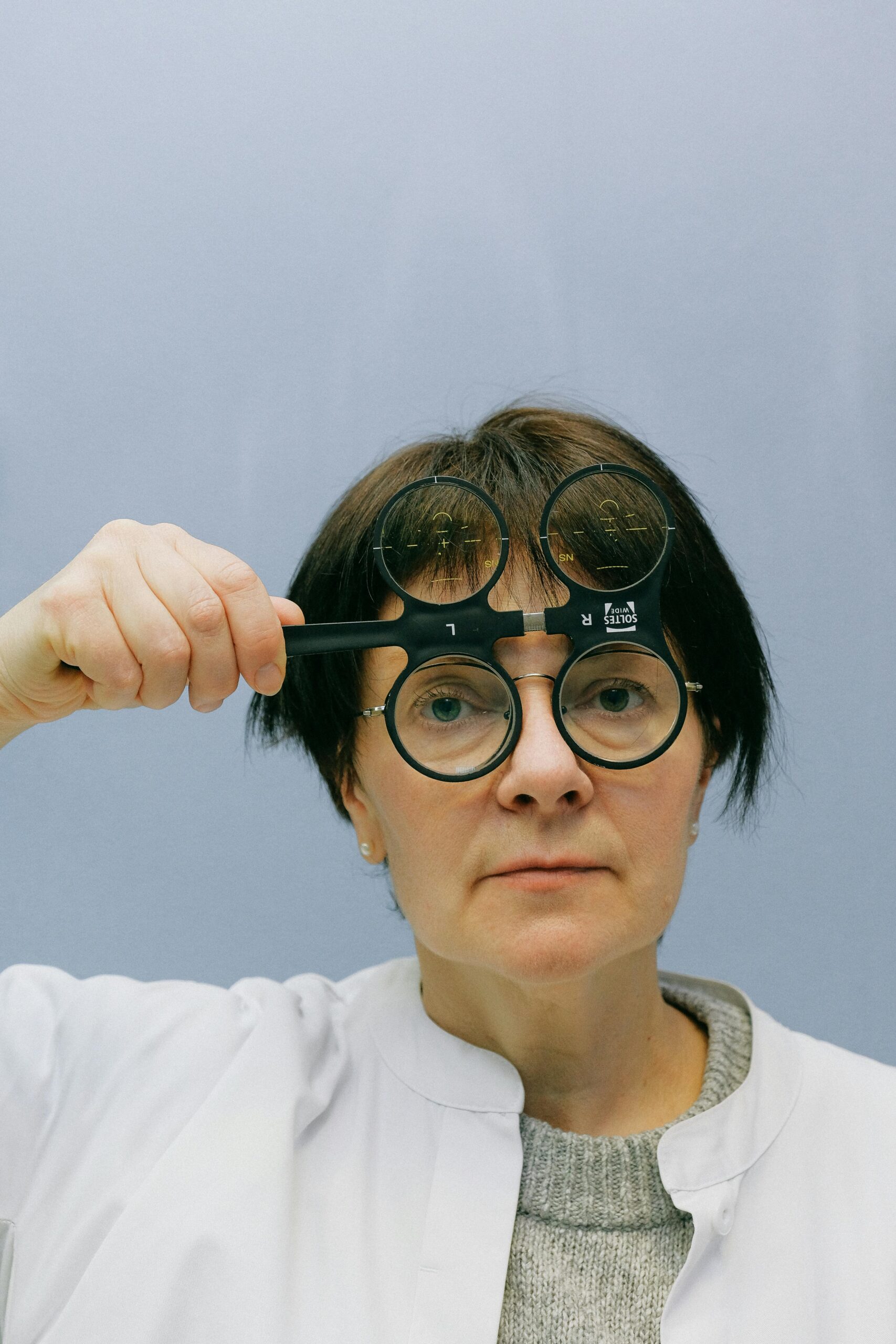Cataracts are a common eye condition that can affect your vision as you age. You might wonder if you can spot a cataract just by looking in the mirror. This article will explore whether cataracts are visible to the naked eye, the symptoms to watch for, and the importance of professional eye exams for early detection. We’ll also discuss how cataracts develop and what you can do to protect your vision.
What is a Cataract?
A cataract is a clouding of the eye’s lens, which is located behind the coloured part of your eye, known as the iris. The lens focuses light onto the retina at the back of the eye, helping you to see clearly. When a cataract forms, it causes the lens to become cloudy, which can lead to blurry vision, difficulty seeing at night, and a dulling of colours.
Cataracts are mostly a part of the natural ageing process, though they can also develop due to other factors like UV exposure, smoking, or certain medical conditions. Cataracts often develop slowly, so you might not notice any changes in your vision at first.
Can You See a Cataract in the Mirror?
In the early stages, a cataract is not visible in the mirror. It starts as a small cloudy spot within the lens, which only an eye care professional can detect using special instruments. However, as the cataract grows, it can become more noticeable.
If a cataract progresses, you might notice a white or bluish-white clouding in the pupil when you look in the mirror. This clouding is the cataract itself, blocking light from passing through the lens properly. However, this usually happens only when the cataract is quite advanced. In most cases, people with cataracts do not see any changes in the appearance of their eyes.
Early Signs and Symptoms of Cataracts
Even though you might not see a cataract in the mirror, there are several symptoms you can watch out for:
- Blurry Vision: Your vision might become increasingly blurry or foggy as if you’re looking through a dirty window.
- Sensitivity to Light: Bright lights may cause discomfort or glare, making it difficult to see.
- Frequent Prescription Changes: You might find that your glasses or contact lens prescription needs to change more often than usual.
- Difficulty Seeing at Night: Night vision can become particularly challenging, especially when driving.
- Fading Colours: Colours might appear less vibrant, often with a yellowish tint.
These symptoms can develop gradually, so it’s important to pay attention to any changes in your vision. Regular eye exams are key to catching cataracts early.
The Importance of Regular Eye Exams
Because cataracts develop slowly and may not show visible signs in the mirror, regular eye exams are crucial. During an eye exam, your optometrist or ophthalmologist will use a slit-lamp microscope to get a detailed look at the lens, cornea, and iris. This helps them detect cataracts in their early stages, even before they notice any vision changes.
Regular eye exams not only help in diagnosing cataracts but also in monitoring their progression. Early detection can lead to earlier treatment, which can prevent severe vision impairment and improve your quality of life.
What to Expect During an Eye Exam
During a comprehensive eye exam, your eye care professional will perform several tests to check for cataracts and other eye conditions. Here’s what you can expect:
- Visual Acuity Test: This test measures how well you can see at different distances, usually by reading letters on a chart.
- Slit-Lamp Examination: This involves a special microscope that shines a light into your eye, allowing the doctor to examine the front part of your eye, including the lens.
- Dilated Eye Exam: Your pupils are widened with eye drops, giving the doctor a better view of the lens and retina. This helps in detecting cataracts that might not be visible otherwise.
These exams are quick and painless, and they provide vital information about the health of your eyes.
Treatment for Cataracts
If you are diagnosed with a cataract, the treatment usually involves surgery. Cataract surgery is one of the most common and successful procedures. During the surgery, the cloudy lens is removed and replaced with a clear artificial lens called an intraocular lens (IOL). This restores clear vision and can even reduce your dependence on glasses.
Cataract surgery is typically performed on an outpatient basis, meaning you can go home the same day. Recovery is usually quick, and many people notice an immediate improvement in their vision.
Protecting Your Vision
While cataracts are often a part of ageing, there are steps you can take to protect your vision:
- Wear Sunglasses: Protect your eyes from UV rays by wearing sunglasses that block 100% of UV rays.
- Quit Smoking: Smoking increases the risk of cataracts, so quitting can help protect your eyes.
- Manage Health Conditions: Keep conditions like diabetes under control, as they can increase the risk of cataracts.
- Regular Eye Exams: As mentioned earlier, regular check-ups are essential for early detection and management of cataracts.
Conclusion
You may not be able to see a cataract in the mirror, especially in its early stages. However, by paying attention to changes in your vision and having regular eye exams, you can catch cataracts early and seek treatment when necessary. Protecting your vision should be a priority, and with proper care, you can enjoy clear sight for many years to come.
Schedule Your Eye Exam with Dr. Qasim Qasem Today
Your vision is important, and early detection of cataracts can make a significant difference in your quality of life. If you’re experiencing any changes in your vision or simply want to ensure your eyes are healthy, it’s time to schedule a comprehensive eye exam. Dr. Qasim Qasem is here to provide expert care and personalized treatment options. Don’t wait until your vision is affected—contact Dr. Qasim Qasem today to book your appointment and take the first step towards preserving your clear sight.











